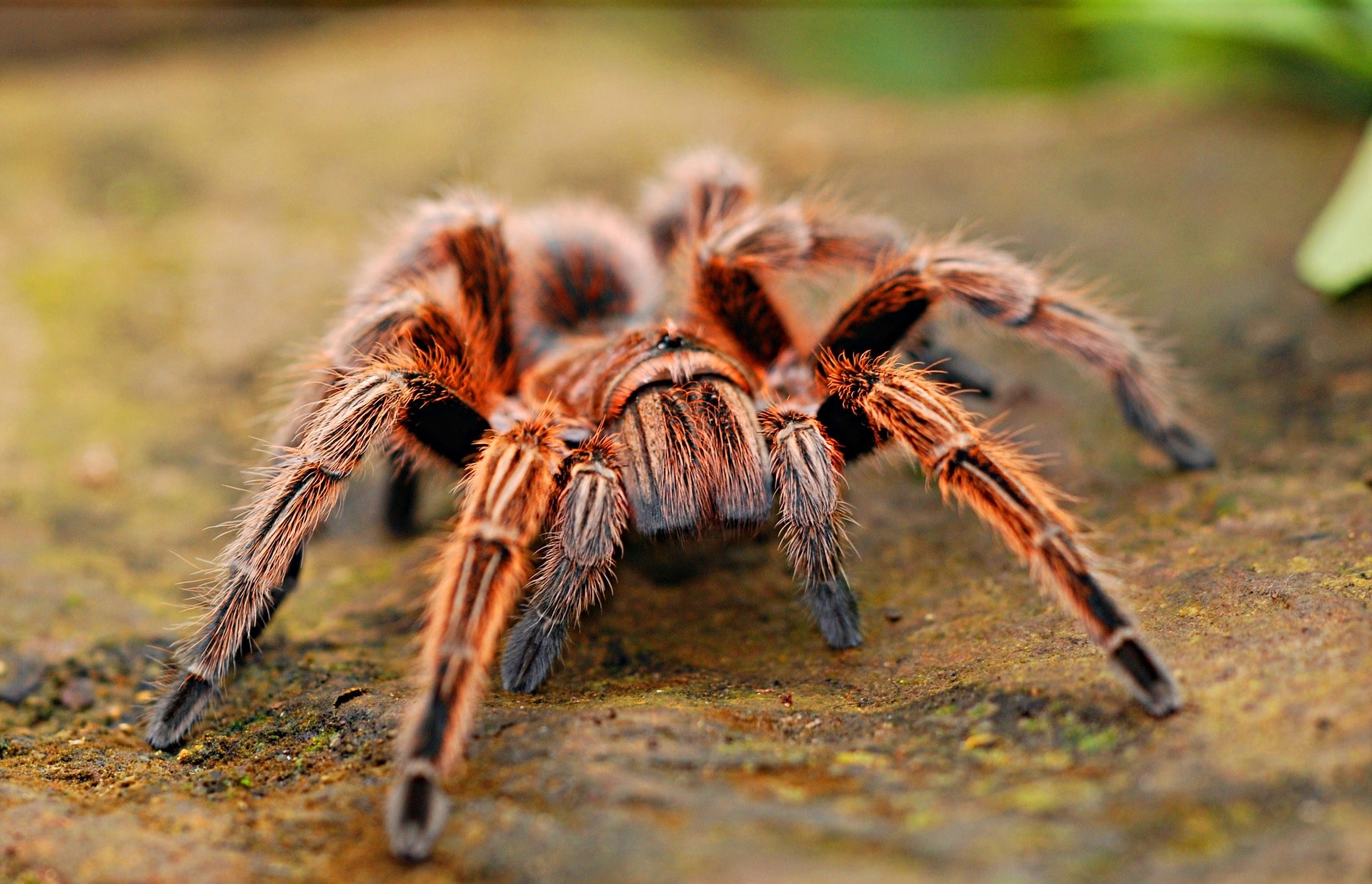Introduction
Pets come in all shapes and sizes, and for those with a love for the unconventional, a tarantula might just be the perfect companion. These fascinating creatures have a reputation for being intimidating, but with proper care and attention, they can make for very interesting and low-maintenance pets. In this article, we will discuss 10 ways to care for your pet tarantula and ensure that it lives a long, healthy, and happy life.
Choose the right species
When it comes to tarantulas, there are hundreds of different species to choose from, each with its own unique characteristics and care requirements.
Some species are more docile and easier to care for, while others are more skittish and require more experienced handlers. It is important to do your research and choose a species that is appropriate for your level of experience and comfort. Some beginner-friendly species include the Mexican Redknee, the Chilean Rose, and the Brazilian Black.
Set up the right enclosure
The enclosure you choose for your tarantula will depend on the size and needs of your particular species. As a general rule, tarantulas should be given an enclosure that is at least twice as wide and twice as tall as their leg span.
The enclosure should also have proper ventilation, a hide area for the tarantula to retreat to, and a substrate for the tarantula to burrow in. A glass terrarium or plastic container with a secure lid works well for most species. It is also important to maintain the proper humidity and temperature range for your tarantula, as these can vary greatly depending on the species.
Provide proper nutrition
Tarantulas are carnivorous and primarily feed on insects. In the wild, they will eat anything they can catch, including crickets, roaches, grasshoppers, and other small insects.
As a pet owner, it is important to provide a varied diet to ensure that your tarantula is getting all of the nutrients it needs. It is generally recommended to feed your tarantula live insects, as they are more appealing to the tarantula and provide a natural hunting experience. It is also a good idea to dust the insects with a calcium supplement to help prevent deficiencies.
Handle with care
Tarantulas can be sensitive to handling and may become agitated if they feel threatened. It is important to handle your tarantula gently and with respect, using slow and deliberate movements. It is also a good idea to wear gloves or use a tool, such as a small spoon or paintbrush, to handle your tarantula. This will protect both you and the tarantula and help prevent any accidental bites or injuries.
Clean the enclosure regularly
Tarantulas are generally low-maintenance pets, but their enclosure does require regular cleaning to keep it hygienic and free of excess debris. It is a good idea to spot clean the enclosure at least once a week, removing any visible waste or uneaten food. The substrate should also be changed every few months to prevent the buildup of harmful bacteria.
Provide appropriate lighting
Tarantulas do not require special lighting, but they do need a consistent light-dark cycle to help regulate their internal clock. It is a good idea to provide a light source for your tarantula, such as a low-wattage bulb, for a few hours each day. Just be sure to provide a hiding spot for your tarantula to retreat to if it becomes too warm or bright.
Offer mental stimulation
Tarantulas are intelligent creatures that can benefit from mental stimulation in their enclosure. This can include providing hiding spots and other areas for your tarantula to explore and interact with.
You can also offer your tarantula small, safe toys or objects to play with and investigate. This can help prevent boredom and promote overall health and well-being.
Keep your tarantula safe
Tarantulas can be vulnerable to injury or escape if their enclosure is not secure. It is important to make sure the enclosure is escape-proof and that all ventilation holes are properly screened.
It is also a good idea to keep your tarantula out of reach of children and pets, as well as away from any dangerous or toxic substances.
Know the signs of a healthy tarantula
It is important to be able to recognize when your tarantula is healthy so that you can address any potential issues promptly. Some signs of a healthy tarantula include:
- A plump, round abdomen
- Bright, clear eyes
- Smooth, shiny exoskeleton
- Active and alert behavior
If you notice any changes in your tarantula’s appearance or behavior, it is a good idea to consult with a veterinarian or an experienced tarantula owner for advice.
Seek out experienced guidance
If you are new to tarantula ownership or have any concerns about your tarantula’s care, it is always a good idea to seek out experienced guidance. There are many resources available, including online forums, local reptile clubs, and veterinarians who specialize in exotic pets. Don’t be afraid to ask for help or advice if you need it.
Conclusion
Tarantulas may have a reputation for being intimidating, but with proper care and attention, they can make for fascinating and low-maintenance pets. By following these 10 tips, you can help ensure that your tarantula lives a long, healthy, and happy life.
As with any pet, it is important to do your research, be patient, and seek out experienced guidance if you have any questions or concerns. With the right care and attention, your tarantula can be a rewarding and enriching companion.
